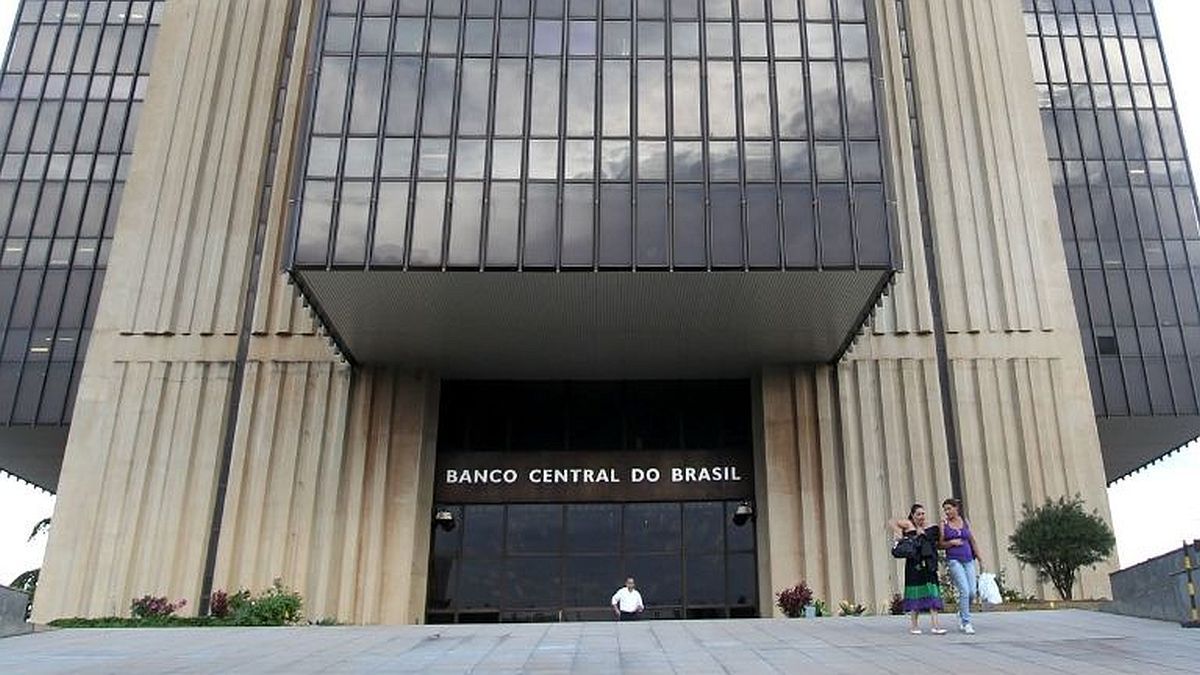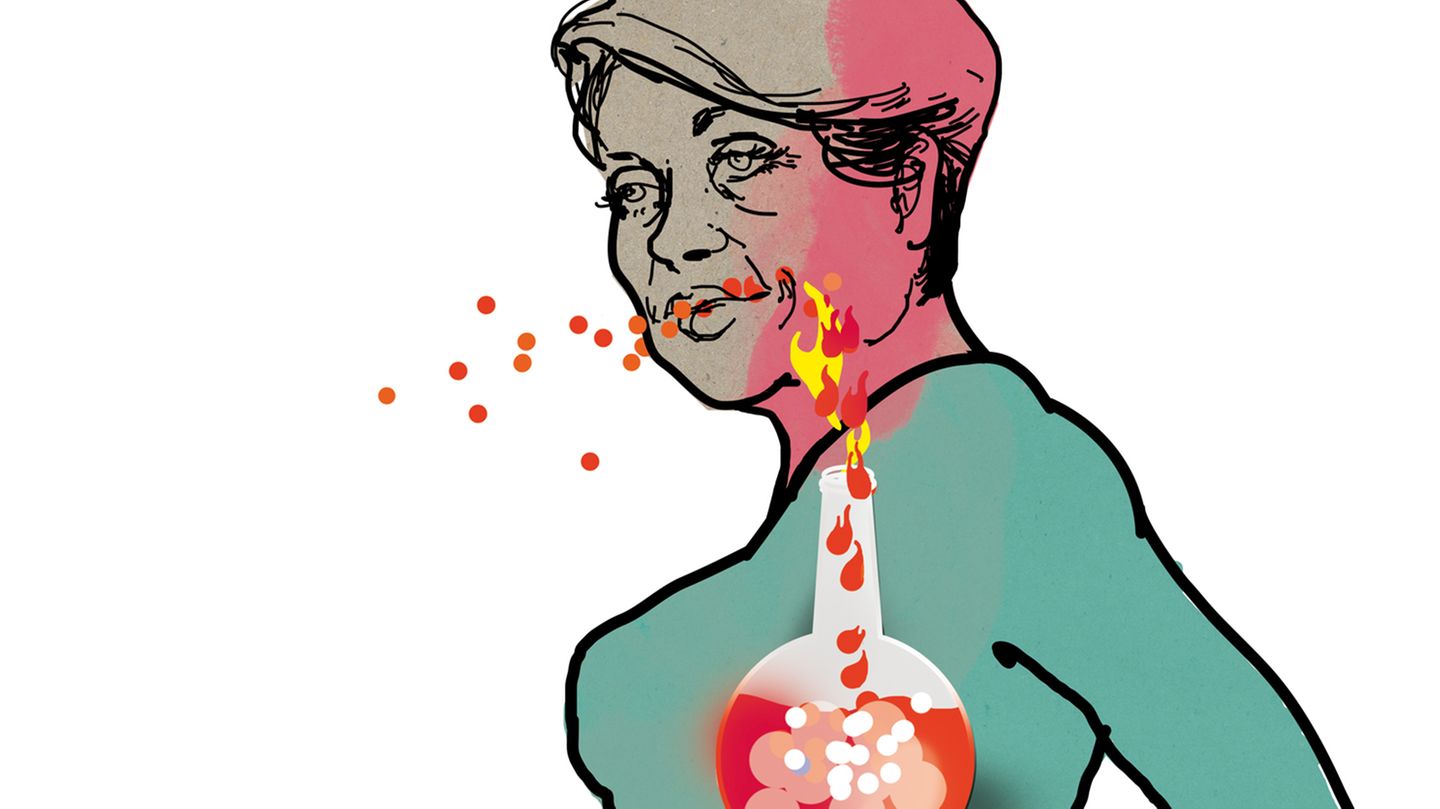In the last publication of the minutes of the Monetary Policy Committee (COPOM), corresponding to the July 30 meeting, the Central Bank of Brazil ratified his unanimous decision of Keep the Selic rate at 15% And he anticipated that this significantly restrictive level would be maintained “for a very prolonged period.”
The conservative position responds to the Persistence of inflationary pressures and Disconnected expectationsdespite certain signals of moderation in economic activity.
The Central Bank of Brazil maintains a restrictive monetary policy
According to an American bank report Goldman SachsCopom identifies that restrictive monetary policy is beginning to take effect through traditional channels: Bank credit slows down and economic activity shows mixed signs of moderation.
However, The labor market is still resilientwith growth in both employment and labor income, which keeps pressure on demand alive.
Although the latest inflation measurements surprised down, The levels remain above the 3% goaland expectations for 2025 and 2026 do not show signals of clear convergence.
Brazil-Banco-Central-Real.jpg
The Copom also highlights the combination of economic policies (internal and external) that can press the exchange rate.
In fact, Copom’s own projections estimate a Inflation of 4.9% by the end of 2025, 3.6% by 2026 and 3.4% towards the first quarter of 2027. Within this framework, the monetary authorities underline that the context requires maintaining a contractive monetary position for an extended period.
COPOM identifies economic risks
Among the risks upwards, the COPOM highlights the persistence of disagreement expectations, a possible greater resistance in service prices and the combination of economic policies (internal and external) that can press the exchange rate.
On the opposite side, the bassist risks include a deeper slowdown of internal and global activityas well as a decrease in raw material prices.
In addition, the Committee shows concern about the hardening of the global environment, marked by US tariff ads to Brazilian imports, which adds uncertainty to the external landscape.
According to Goldman Sachs, the message is clear: COPOM does not rule out new increases if the conditions require itbut for now he chooses to observe the accumulated effects of the recent increase cycle. The priority remains to ensure the sustained convergence of inflation towards the goal, even at the expense of sacrificing economic growth in the short term.
Source: Ambito
I am a 24-year-old writer and journalist who has been working in the news industry for the past two years. I write primarily about market news, so if you’re looking for insights into what’s going on in the stock market or economic indicators, you’ve come to the right place. I also dabble in writing articles on lifestyle trends and pop culture news.




